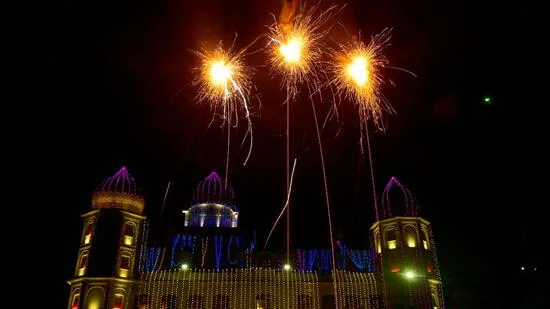Chandigarh, Oct 21: The morning after Diwali saw Ludhiana record the worst air quality in Punjab, with an AQI of 282, as firecracker smoke from Monday night hung over the city. Thick haze greeted residents but slowly cleared as the day progressed.
Data from the Central Pollution Control Board showed Mandi Gobindgarh trailing at 275, while Jalandhar, Amritsar, and Patiala registered 239, 212, and 206, respectively. Khanna, Rupnagar, and Bathinda recorded moderate AQIs of 144, 142, and 140. The statewide average AQI was 234, lower than last year’s 255 but higher than 2023 and 2022 averages of 207 and 224.
“Even with the average lower than last year, pollution levels are a serious concern, especially with continued firecracker use during Diwali evening,” a senior PPCB official said. Authorities reminded residents that only green crackers are allowed and only between 8 pm and 10 pm.
Across Haryana, Bahadurgarh recorded the worst air at 358 AQI, followed by Jind at 350 and Gurugram’s Sector 51 and Vikas Sadan at 348 and 325. Rohtak measured 343, Bhiwani 307, and Kaithal 290. Other cities, including Faridabad, Sonepat, Karnal, Kurukshetra, Panipat, and Sirsa, also registered poor to very poor readings.
An AQI reading between 201–300 is classified as “poor,” while 301–400 is “very poor,” and anything above 400 falls into “severe” or “severe plus” categories. Residents were urged to avoid outdoor activity during peak pollution hours, particularly children, the elderly, and individuals with respiratory issues.
Last week, air quality in both Punjab and Haryana had been in the moderate range, highlighting how quickly festivities and firecrackers can deteriorate urban air. The PPCB continues to monitor compliance, warning that violations of the 8–10 pm window for crackers will face penalties.

